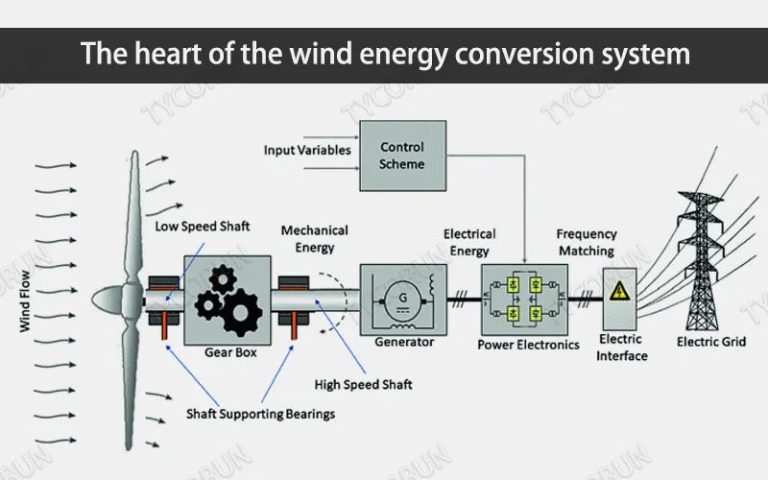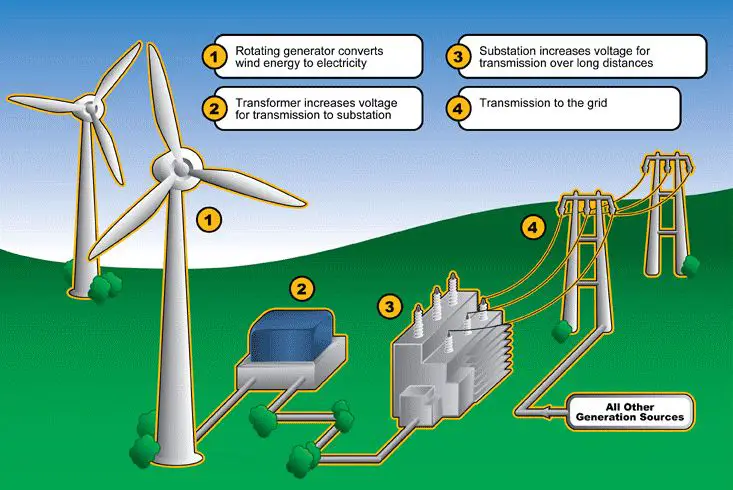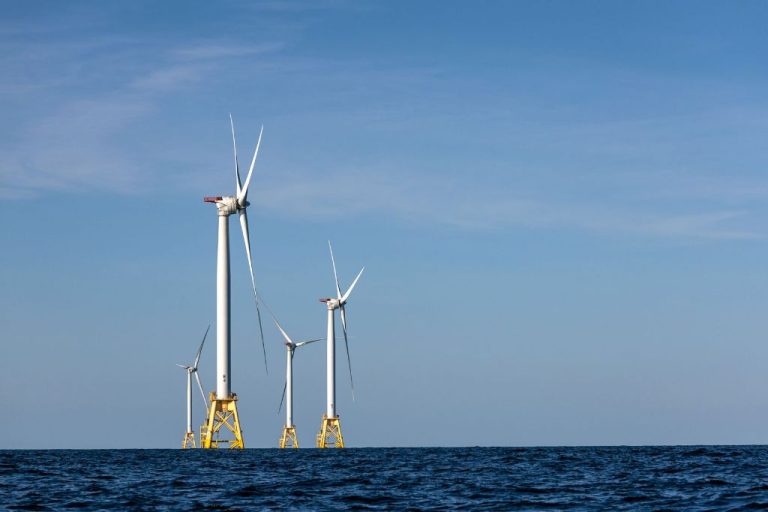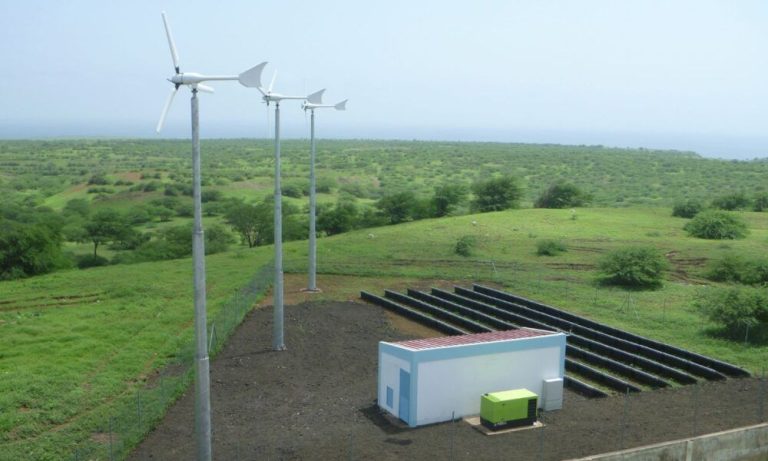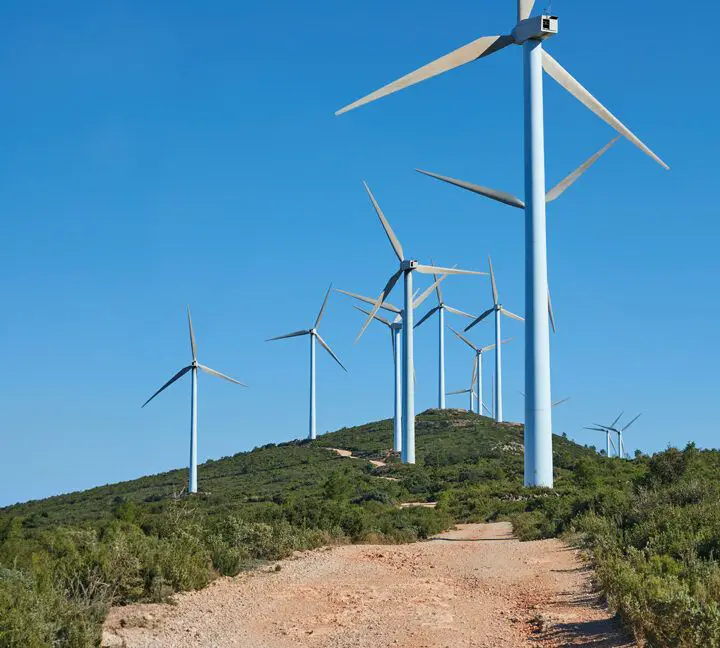What Are The 5 Characteristics Of Wind?
Wind is both one of the most common yet complex forces on our planet. It is the movement of air from areas of high to low atmospheric pressure caused by uneven heating between the equator and the poles. Wind plays a critical role in weather patterns, ocean currents, renewable energy, and much more. Understanding the characteristics of wind is key to utilizing it for human benefit.
In this article, we will explore the five defining traits of wind: speed, direction, temperature, pressure, and turbulence. Examining these qualities provides insight into forecasting weather events, harnessing wind power, and comprehending global climate systems. Read on to deepen your knowledge of the invisible but mighty force of wind.
Speed
Wind speed refers to how fast air is moving horizontally past a fixed point. It is typically measured using an anemometer, which contains cups that spin around in the wind. The faster the wind blows, the quicker the cups spin.
Wind speed is an important characteristic because it impacts many different factors related to wind. Faster wind speeds exert more force and can cause more damage. Wind speed also affects the amount of energy that can potentially be generated by wind turbines. Furthermore, the wind chill factor is partially based on wind speed – higher speeds make the air feel colder.
Wind speed is commonly categorized using the Beaufort wind force scale, which goes from 0 (calm) to 12 (hurricane force). It provides a standardized system to describe wind intensity based on visible effects at sea and on land. For example, a gentle breeze is considered Force 3 on the scale with speeds of 12-19 mph, while a strong gale is Force 9 with speeds of 55-63 mph.
In summary, wind speed is a fundamental characteristic that expresses how rapidly air is moving. It has major impacts on the effects and potential of wind across many different contexts. Anemometers allow wind speeds to be accurately quantified and categorized using scales like the Beaufort system.
Direction
Wind direction refers to the cardinal direction from which the wind originates. The easiest way to describe wind direction is by using the points on a compass. Winds are named for the direction they come from. For example, a wind blowing from the north is called a north wind, a wind blowing from the east is an east wind, and so on.
However, wind direction can be more precisely described by degrees rather than cardinal directions. A full compass has 360 degrees, with north at 0 degrees, east at 90 degrees, south at 180 degrees, and west at 270 degrees. Any direction between the cardinal points can be specified by the angle from north. For instance, a wind blowing from the northeast would be a 45 degree wind.
Meteorologists further divide wind direction into 16 compass points known as compass sectors. Each sector represents 22.5 degrees. The 16 compass sectors provide more granular wind direction descriptions than just using the main cardinal directions. From north, the 16 compass sectors are: north (N), north-northeast (NNE), northeast (NE), east-northeast (ENE), east (E), east-southeast (ESE), southeast (SE), south-southeast (SSE), south (S), south-southwest (SSW), southwest (SW), west-southwest (WSW), west (W), west-northwest (WNW), northwest (NW), north-northwest (NNW).
Precisely recording wind direction is important for weather forecasting, aviation, sailing, and other activities affected by wind. The direction wind is blowing from can make a significant difference in its speed, temperature, and effects.
Temperature
Temperature has a significant effect on wind speed and direction. As air is heated, it expands, becomes less dense, and rises. Cooler denser air then rushes in to take its place, creating wind. This transfer of heat creates convection currents in the atmosphere, driving winds on both local and global scales.
On a local level, the uneven heating of the Earth’s surface causes warm air to rise over heated land or water, while cooler air moves in to take its place. The greater the temperature difference, the faster the winds. For example, during the day, land heats up more quickly than water, causing onshore breezes near coastlines. At night, the land cools faster, resulting in offshore winds.
Globally, the temperature contrast between the equator and the poles drives winds in specific circulation patterns. Air at the equator receives more direct sunlight, heating up and rising. As this warm air flows toward the poles aloft, cooler, denser air flows along the surface from the poles to the equator to replace it, creating the trade winds. The rotation of the Earth then deflects the direction of these winds.
Temperature gradients not only influence wind speed and direction, but also turbulence and moisture content. Understanding these temperature effects is key to accurately forecasting and modeling wind behavior.
Pressure
Pressure plays an important role in the generation and movement of wind. Wind is caused by differences in atmospheric pressure between two locations. Air flows from areas of higher pressure to areas of lower pressure. The larger the pressure difference, the stronger the wind speed. Within a weather system, wind circulates around regions of high and low pressure. The direction of wind is perpendicular to the pressure gradient – the change in pressure over a given distance. Air moves from high to low pressure, but is deflected by the Coriolis effect (Earth’s rotation), causing it to follow a curved path.
Wind speed and direction are directly influenced by gradients in barometric pressure (measured in millibars). Isobars on a weather map connect points of equal pressure. The spacing between isobars indicates the pressure gradient force – tighter spacing means a steeper gradient and stronger winds. High pressure systems are associated with lighter winds, while low pressure systems produce stronger winds. Changes in pressure over time also affect wind – rapidly falling pressure intensifies wind speeds.
Surface wind patterns reflect pressure systems aloft. Surface pressure is related to upper level winds in the atmospheric circulation. Wind flow around pressure centers forms circulations at the surface. The pressure gradient force combined with the Coriolis force drive surface winds.
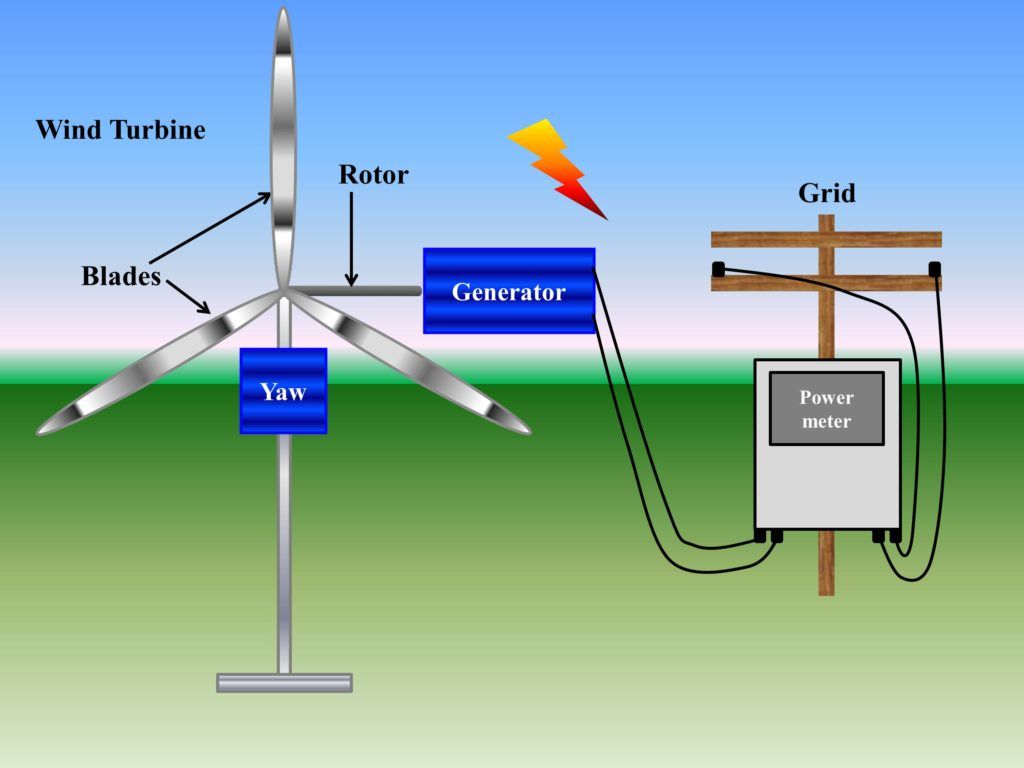
Turbulence
Wind turbulence refers to rapid fluctuations in wind speed, direction and pressure as the wind flows over surface features like hills, buildings, trees etc. Turbulence is caused when wind encounters an obstacle that distorts the wind flow and creates eddies or swirling currents of air.
The main causes of wind turbulence include:
-
Surface roughness – Uneven terrain like hills, mountains, forests, urban areas etc. disrupt smooth wind flow and create turbulence.
-
Thermal effects – Heating and cooling of the earth’s surface creates bubbles of rising warm air and descending cool air that lead to turbulent mixing.
-
Shear effects – Changes in wind speed and direction at different heights cause horizontal and vertical shearing that generates turbulence.
-
Obstructions – Buildings, bridges, trees etc. block wind flow and generate turbulence through vortex shedding in their wake.
-
Weather fronts – The boundaries between air masses of different temperatures create turbulence as they interact.
In general, any disruption to smooth laminar wind flow can cause turbulence. The intensity of turbulence depends on the size and shape of surface features and the weather conditions.
Moisture Content
The amount of moisture in the air can significantly impact wind patterns and behavior. Areas with higher humidity tend to have lower wind speeds overall. This is because moist air is less dense than dry air, creating more drag and friction which slows winds down. The moisture also makes the air slightly heavier, reducing buoyancy forces that drive winds.
However, even though moisture reduces average wind speeds, it can increase gustiness. The uneven distribution of moisture creates patches of fast and slow moving air, leading to more variability in wind velocity. This is especially noticeable near coasts, lakes, and other bodies of water where moisture levels fluctuate.
In addition, higher humidity reduces the lapse rate, or rate of temperature decrease with altitude. This impacts the development of pressure systems that drive winds. A lower lapse rate means air masses are more stable, reducing convective mixing that would otherwise produce stronger winds.
So in summary, higher moisture content in the air tends to dampen winds overall, but can increase gustiness and turbulence. Forecasting models must take moisture levels into account to accurately predict wind patterns and intensity for a given location.
Variability
Wind is highly variable over both time and location. This variability occurs for several key reasons:
On a global scale, wind patterns are driven by uneven heating between the equator and the poles. As hot air at the equator rises and cold air at the poles sinks, winds circulate to balance these temperature differences. However, the heating patterns that drive these winds change throughout the year as the tilt of the Earth changes. This seasonal variability means global wind patterns are constantly shifting.
regionally, wind is shaped by geographic features like mountains, valleys, and large bodies of water. The channeling effects of these landscape features can accelerate wind speeds. But small changes in wind direction may redirect airflows around rather than over these barriers, causing drastic gusts and lulls.
Locally, wind speeds vary throughout the day as the sun heats and cools the Earth’s surface at different rates. The hottest part of the afternoon is usually the windiest. At night, as surface air cools and stabilizes, winds die down.
Turbulence also induces rapid changes in wind velocity. Obstructions on the landscape create turbulent eddies and gusts. Friction from the Earth’s surface causes winds to constantly change speed and direction in the lower atmosphere.
In summary, wind is variable due to global circulation patterns, regional geographic effects, local day/night temperature changes, and turbulent airflow conditions. This variability over location and time makes wind a complex phenomenon to study and harness.
Energy Potential
One of the most significant characteristics of wind is its potential as an energy source. Wind energy is renewable, unlimited, widely distributed, and clean. Wind power is the conversion of wind’s kinetic energy into electricity through the use of wind turbines.
Wind turbines work by capturing the kinetic energy of wind and converting it into rotational energy to turn an electrical generator. The amount of energy that can be generated depends on the turbine size and wind speed. Modern utility-scale wind turbines can produce enough electricity to power about 500 homes.
Wind power capacity has expanded rapidly in recent years as it has become one of the most efficient and cost-effective renewable energy sources. As of 2020, global wind power capacity exceeded 740 gigawatts, meeting over 6% of global electricity demand. Many countries aim to dramatically increase their wind power capacity in the coming decades to reduce carbon emissions and meet clean energy goals.
The development of larger turbines, improvements in wind forecasting, and technological advancements will enable wind power to become an even bigger contributor to the world’s electricity mix going forward. Harnessing the energy potential of wind will play a key role in building a sustainable energy future.
Conclusion
In summary, wind has several defining characteristics that impact many aspects of our lives. Its speed, direction, temperature, pressure, turbulence, moisture content, and variability all contribute to wind’s complex nature. Winds can damage property, transport pollution, generate renewable energy, and more. The interplay between these attributes leads to the windy conditions we observe. While wind can be destructive, it is also a valuable natural resource that will continue to shape our environment and harnessing its power remains an important goal for the future.

